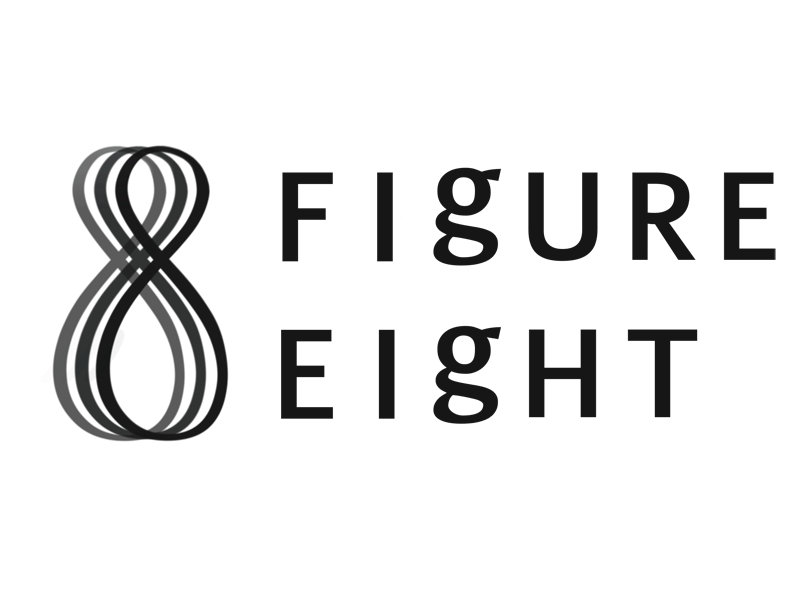Seeing the unstoppable rise of delivery and catering, a New York City-based entrepreneur with a background in farming, engineering and philosophy is turning his attention to helping restaurants streamline their third-party delivery programs and avoid worst-practices that don’t help restaurants build loyalty, traffic or profits.
Called Figure Eight Logistics, the company’s co-founder Scott Landers and his team work directly with restaurant operators to help them capitalize on direct-to-consumer convenience without eroding share or profits. In addition to in-restaurant consultation, Figure Eight also launched a new website and newsletter to share some of the best practices that his company is rolling out to help operators grow amid the rise of off-premises operations.
With an unusually diverse personal background, Landers got direct experience in the business as the director of off-site for Dig Inn, which included leading a six-person team responsible for the seasonal food chain’s off-site business. That work included catering, third-party delivery and helping restaurants launch “native delivery” to take profits, data and power back from external providers like DoorDash and Grubhub. In Lander-speak, “native delivery” means takeout or delivery orders coming in through internal channels, rather than external sources that demand a commission.
Landers also helped D.C.-based &pizza build and launch its own in-house delivery system, which he said has helped the trendy pizza chain leverage its star power to bring off-premises orders into its own, more profitable channels.
As so many restaurants struggle to stay profitable when giving a quarter (or more) of each order’s profits to delivery providers, Landers is confident his team has cracked the code of taking back control from national delivery brands. The first step, he said, is not being afraid of this new, convenience-centric world.
While laying the groundwork to build Figure Eight, Landers has settled on a variety of best practices he believes most restaurants should implement—or at least be aware of—as they move into a more mature phase of off-premises practices. Sometimes those recommendations include dropping all third-parties and jumping off the diving board into the unmapped waters of fully internalized takeout, catering and delivery programs.
“The first phase is what we call immersion,” Landers said of working with new restaurant clients. “Then we come in and … really look through all of the different parts of their business before recommending a strategy.”
Getting down to brass tacks with action items, Landers shared a handful of strategies he’s gleaned during his time as a delivery-focused consultant. On whether to go exclusive with one provider or play the field with several delivery providers, he advises clients to drive a hard bargain with providers, especially if an operator isn’t happy with a current commission rate. While that sounds an awful lot like “that depends,” he stressed exclusive contracts could make sense if a provider is willing to negotiate a sub-20-percent rate or has the majority of the market share in a particular city.
For restaurants maintaining multiple providers, he suggested negotiating with all of them, since there’s no risk in opening up a dialogue and explaining your restaurant’s unique situation to the company. If you’re doing less than $500 in weekly sales with a provider, Landers suggests cutting if off to eliminate the ancillary work that comes with each new provider.
“It’s not worth the headache of dealing with that other menu, and another set of drivers and one other account manager,” he said. “I would look at trying to phase that out, and from there, I would say, ‘Don’t be afraid.’”
He adds his theory that we’re in the late stages of a price war in the delivery space and suggests restaurants lessen their subsidy of each delivery so the customer is paying approximately $5 for the convenience, assuming that most deliveries cost anywhere from $6 to $7.
For restaurants paying somewhere between 20 to 30 percent of each order to delivery providers, he also suggested a 5 to 10 percent across-the-board menu price increase to help cover a portion of the cost, without scaring away delivery customers.
Without divulging his entire playbook, Landers said Figure Eight is “most effective for small, mini-chains, [and] these regional concepts where they have five to 15 units already.” He added, however, that the firm is open to working with restaurants of all sizes, and is there to support everything from marketing, press outreach, sourcing, packaging and even diving into the culinary side to provide suggestions on how to improve the menu or introduce new cooking techniques.
Asked how some of the non-restaurant parts of his background inform his new line of work, Landers likened running critical city infrastructure to the same kind of thinking that’s required in the food delivery world.
“Food delivery is so technology dependent and so central to this whole tech disruption we’re seeing, whether that’s automation, all the email marketing and digital advertising [and] last-mile logistics,” he said. “I think to be really good at food delivery, you have to be really good at technology, and restaurants are just notoriously slow at technology.”




